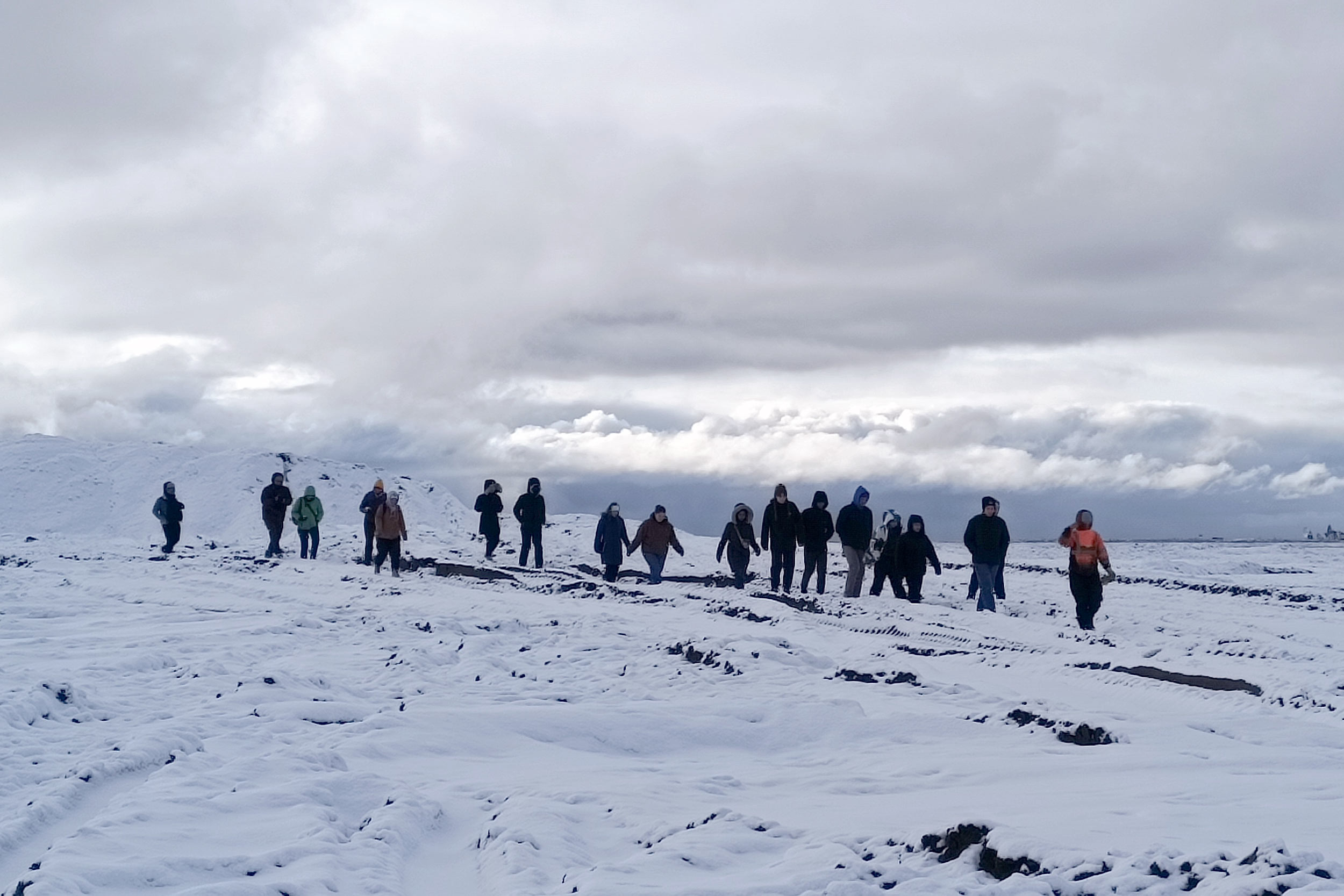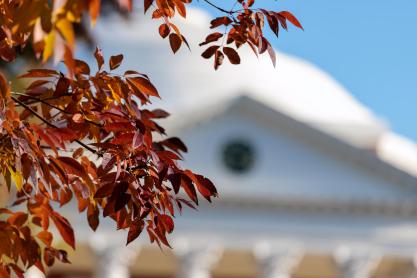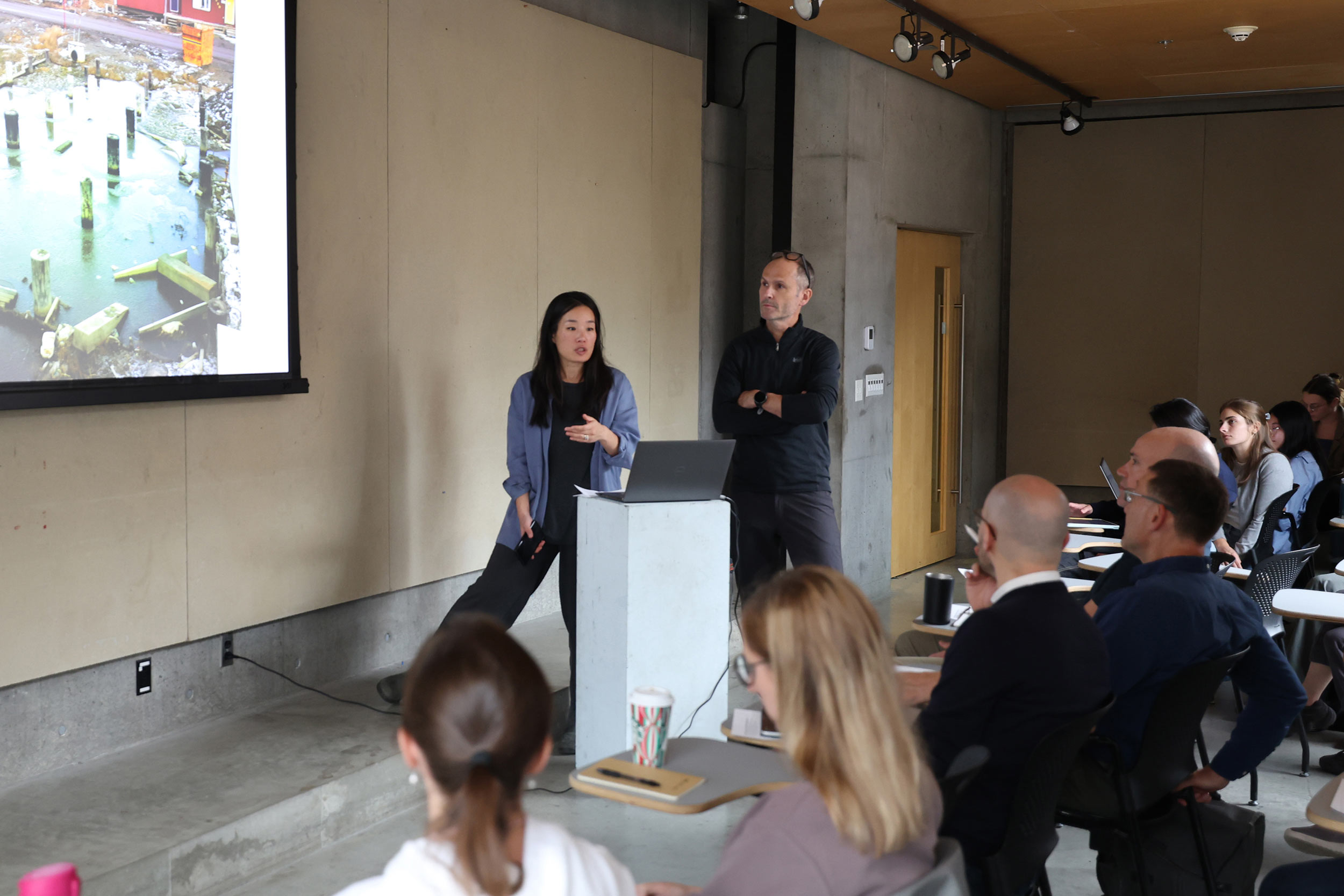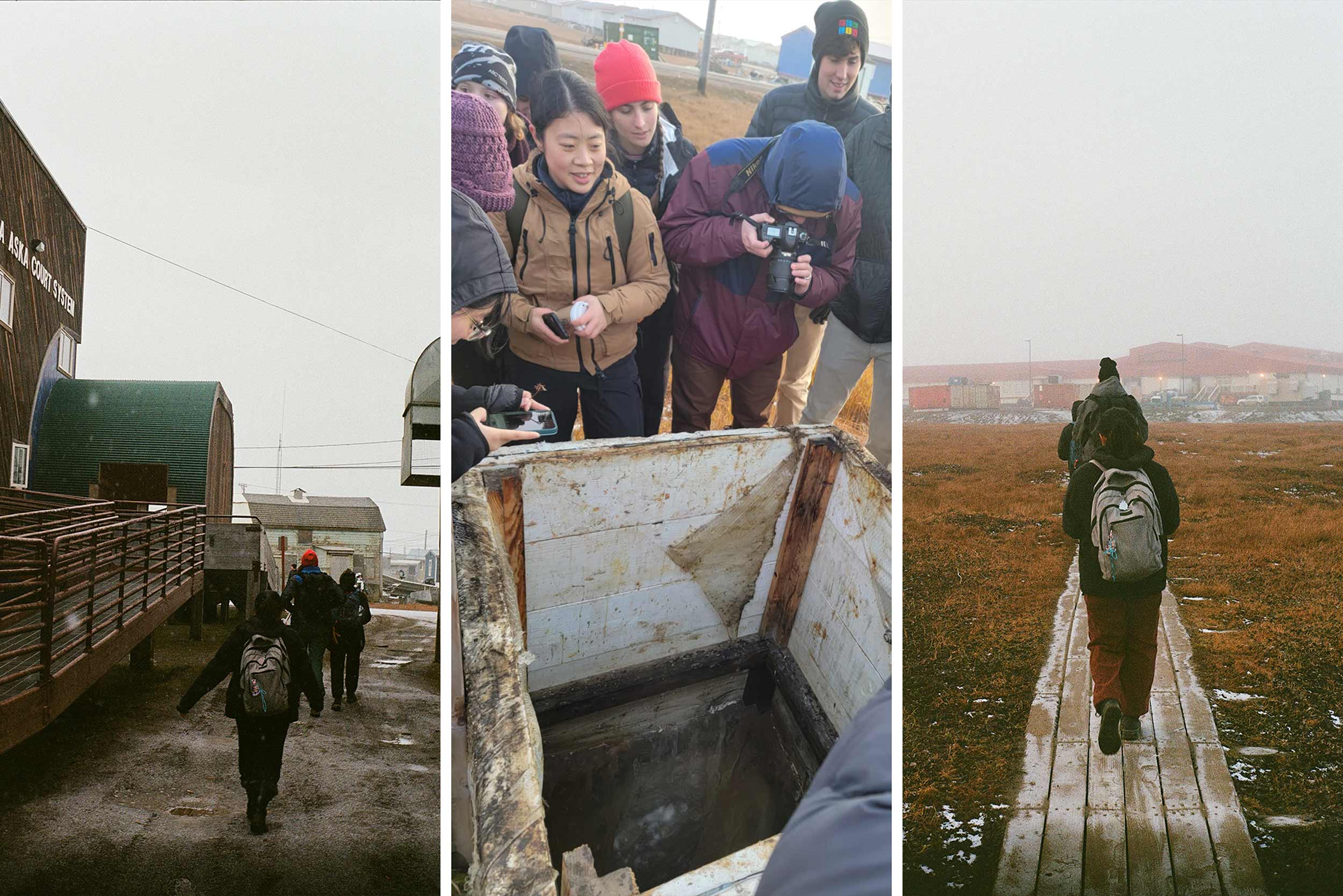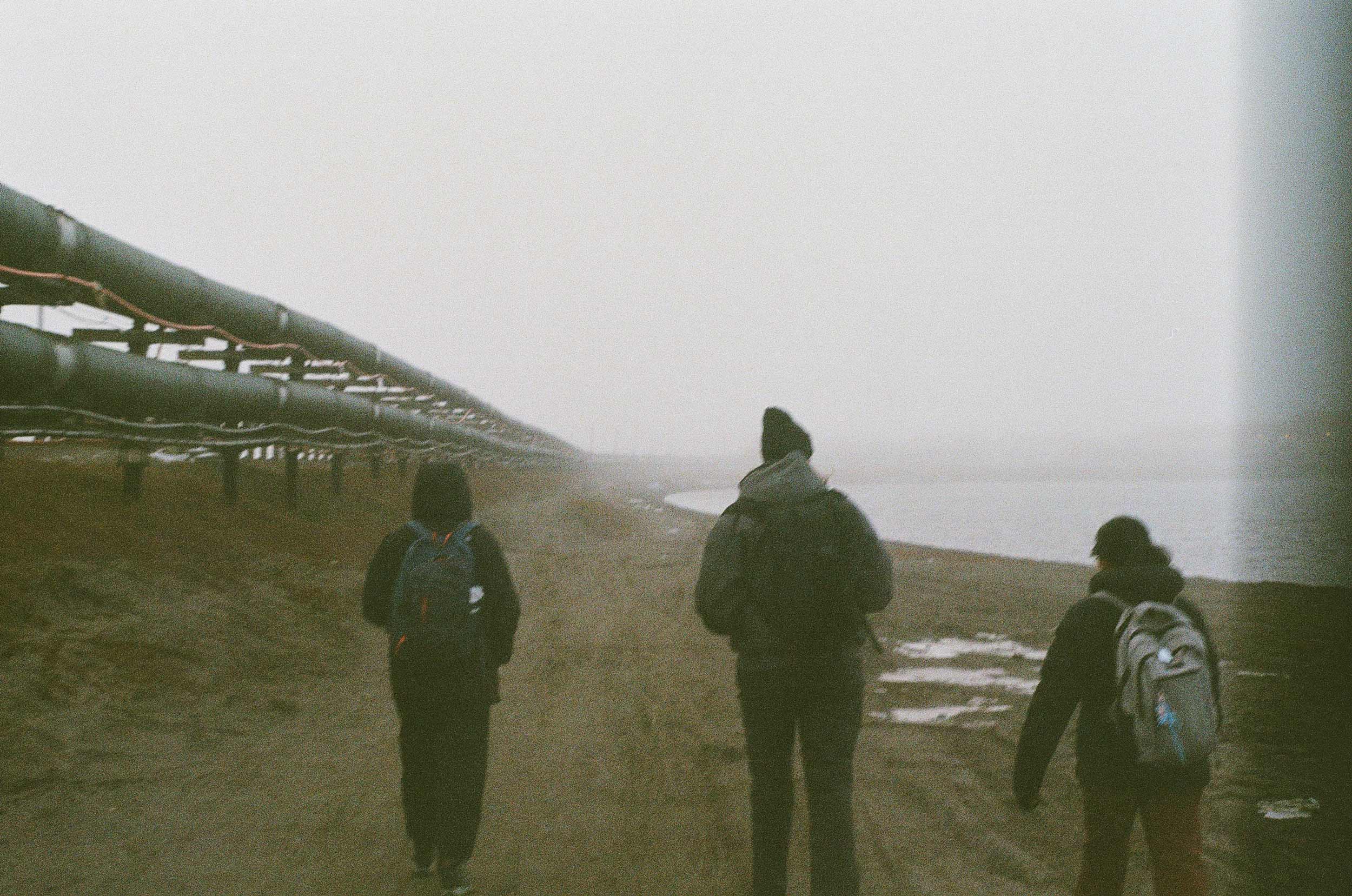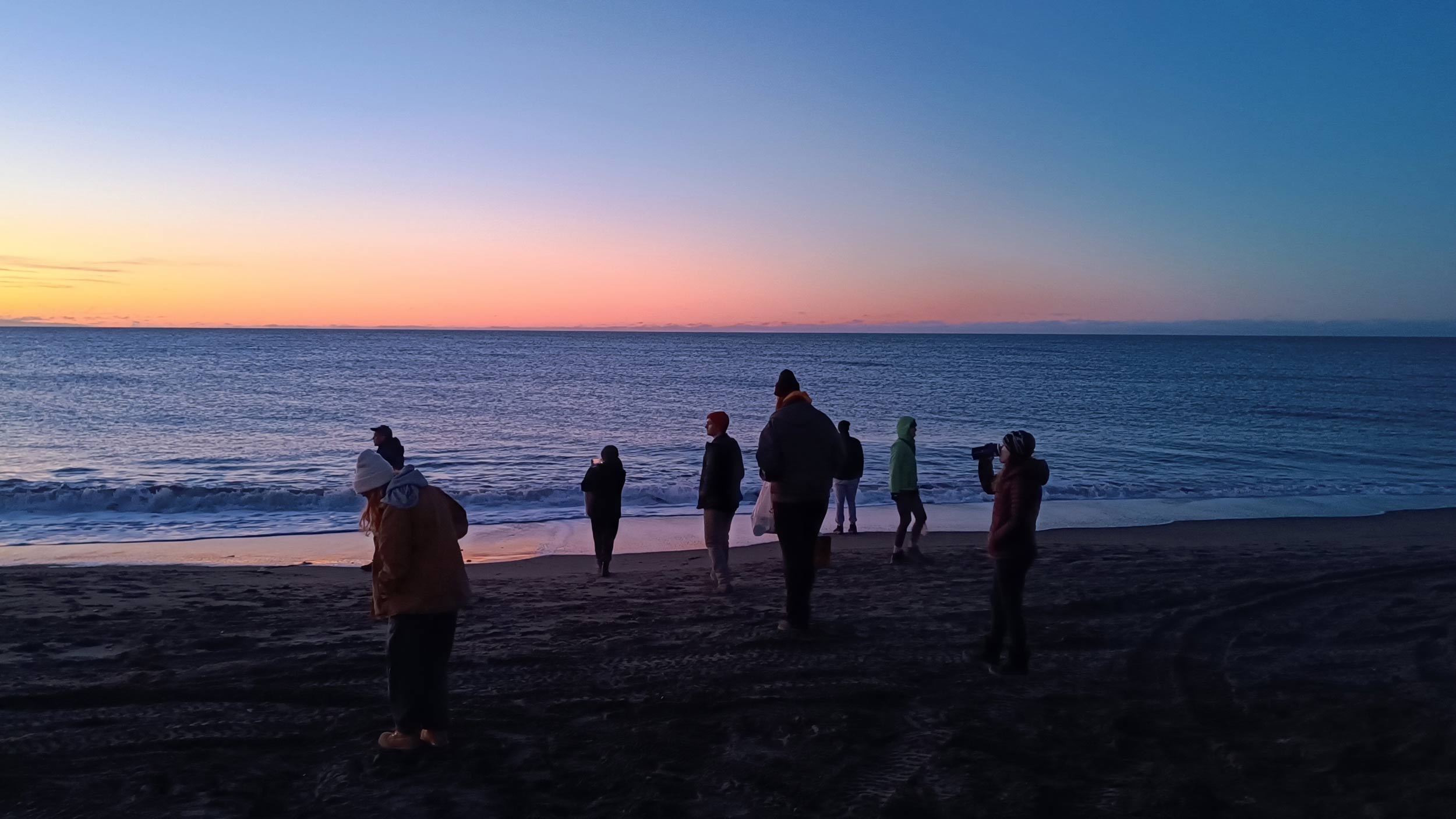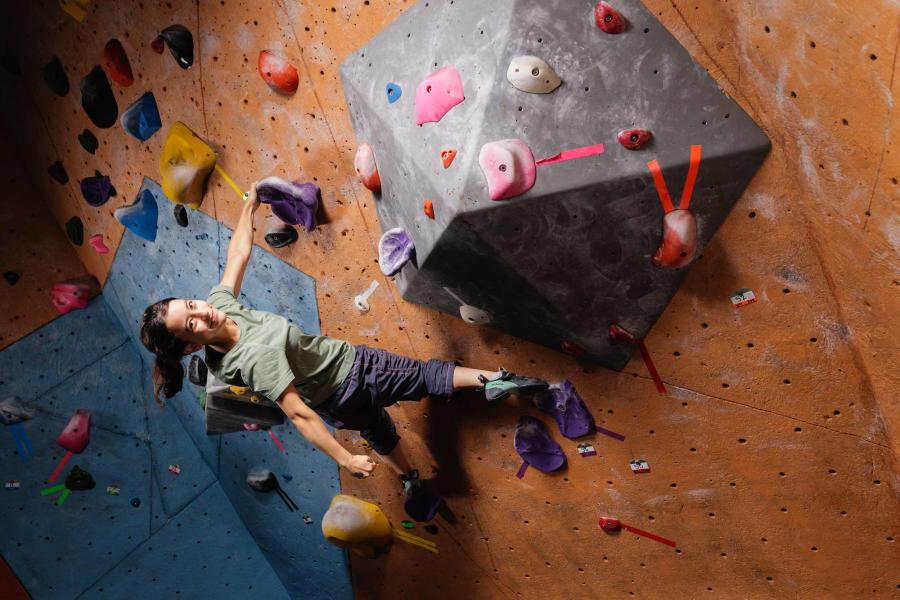What might seem at a quick glance to be University of Virginia students on a snowy Lawn is actually a group of UVA students bundled up to brave the cold in the United States’ northernmost town, Utqiaġvik, Alaska.
The students are the latest group from UVA’s School of Architecture to contribute to a longstanding research collaboration between the school’s Arctic Design Group and the local communities in Alaska’s North Slope Borough, primarily the Iñupiat, a group of Alaskan natives. Since 2018, UVA architecture professors and Arctic Design Group co-directors Leena Cho and Matthew Jull have led undergraduate and graduate students in collaborative research into community infrastructure and resilience in one of the world’s fastest-warming places, a city that houses more than 4,000 people.
